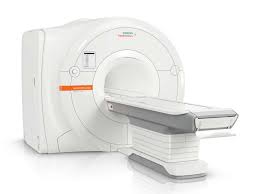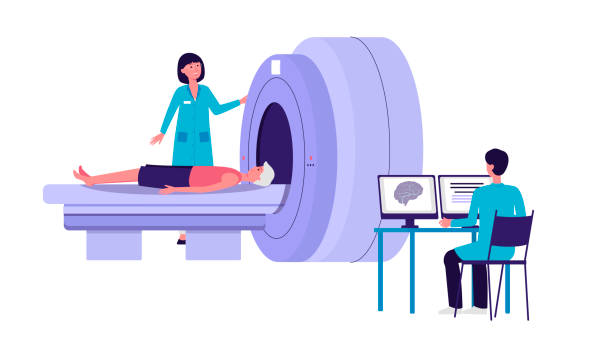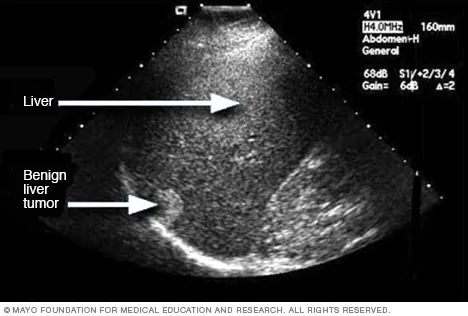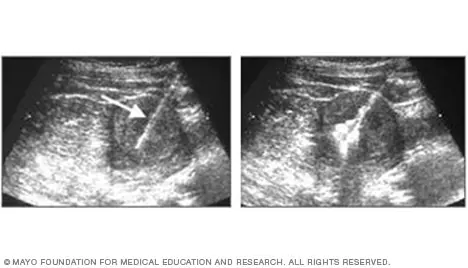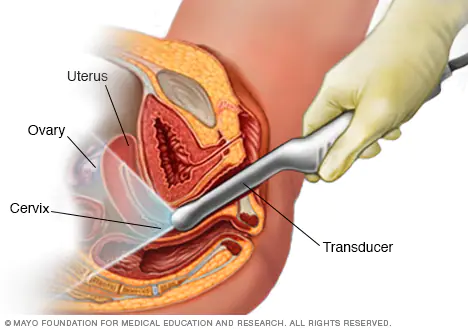ACE Test Cost in India
ACE Test cost in India [50% OFF] – Starts from 599/- Only
Overview
The ACE (Angiotensin-Converting Enzyme) test is a diagnostic tool that plays a crucial role in assessing various medical conditions. In this article, we will explore the ACE test, including its purpose, price, common uses, procedure, and the requirements for undergoing the test.
ACE Test Cost in India
Book ACE (Angiotensin-Converting Enzyme) test with CareBox with 50% OFF. The Price starts from 599/- only. CareBox offers you ACE test at your nearest lab at cheapest price.
CareBox
- October 5, 2023
What is the ACE (Angiotensin-Converting Enzyme) Test?
The ACE test measures the levels of angiotensin-converting enzyme in the blood. Angiotensin-converting enzyme is an enzyme that plays a vital role in regulating blood pressure and fluid balance within the body. Elevated levels of ACE may indicate certain medical conditions, including sarcoidosis, a systemic inflammatory disease that can affect multiple organs.
Price of the ACE (Angiotensin-Converting Enzyme) Test:
The cost of the ACE test can vary depending on several factors such as the geographical location and the specific laboratory performing the test. Generally, the price can range starts from 599/- only. To know the actual price as per your location call us @ 9953630773.
When is the ACE (Angiotensin-Converting Enzyme) Test Done?
The ACE test is primarily used in the evaluation and monitoring of sarcoidosis, a condition that affects the lungs, lymph nodes, and other organs. It helps in the diagnosis of sarcoidosis and can also be used to assess disease activity and response to treatment.
Additionally, the ACE test may be ordered in certain cases where other conditions, such as certain kidney diseases or liver disorders, need to be evaluated.
How to Perform the ACE (Angiotensin-Converting Enzyme) Test:
The ACE test is a simple blood test that can be performed in a laboratory. Here is a general overview of the procedure:
Blood Sample Collection: During the test, a healthcare professional will draw a small sample of blood from a vein in your arm using a sterilized needle. The procedure typically takes a few minutes and may cause minimal discomfort.
Laboratory Analysis: The blood sample undergoes analysis. The level of angiotensin-converting enzyme is measured using specific techniques.
Results and Interpretation: Once the analysis is complete, the results are interpreted by a medical professional. They will explain the findings.
Why Choose CareBox
- 10000+ Smoker’s Health Checkup conducted
- 70+ Diagnostic Center at your nearest
- Lowest Price in the Market
- Same Time Report Online/Offline
Conclusion:
The ACE (Angiotensin-Converting Enzyme) test is a valuable tool in diagnosing and monitoring certain medical conditions, primarily sarcoidosis. By measuring the levels of angiotensin-converting enzyme in the blood, this test assists healthcare professionals in making informed decisions about patient care.
4 Simple Steps to Book Your Appointment
- Click on Chat button or Call Us and talk to our executive directly.
- Share your Doctor’s Prescription with us.
- Tell us your preferred location and time.
- Congratulations! Your Appointment has booked.
Related Articles
ACE Test Cost in India Read More »




